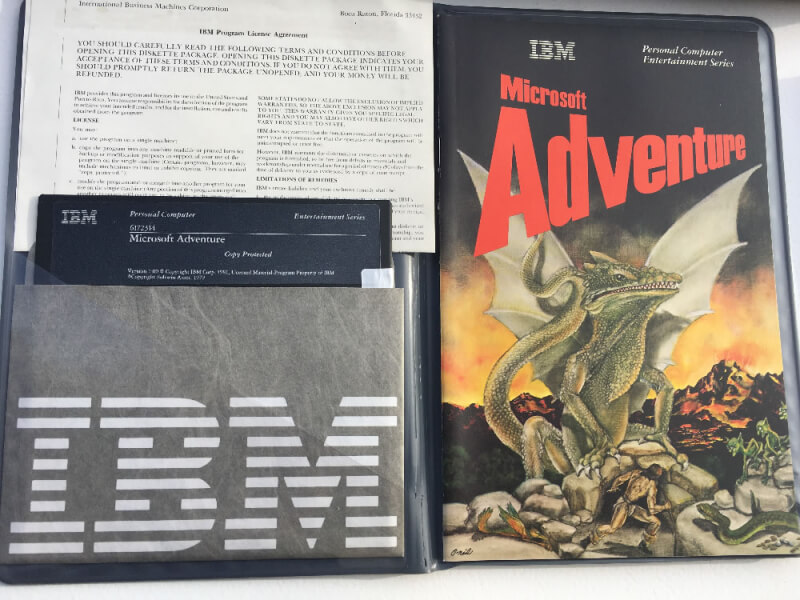Choose your answer and the correct choice will be revealed.

“Colossal Cave Adventure,” also known as “ADVENT” or simply “Adventure,” was a groundbreaking text-based game released in 1976. Widely regarded as the first work of interactive fiction and the precursor to modern adventure games, it set a standard for narrative-driven gameplay.
In 1979, Microsoft released an updated version of this game, aptly titled Microsoft Adventure, ported to run on the popular Radio Shack TRS-80. This version was notable for several firsts: it was the first full adaptation of Adventure for personal computers, and it was among the earliest games released exclusively on 5.25″ floppy disks – a significant shift from the cassettes commonly used at the time.
Moreover, Microsoft Adventure is widely accepted as one of the first, if not the very first, PC games to ship with built-in DRM (digital rights management), to prevent unauthorized copying. This early copy protection worked by distributing the game’s data across unusually numbered disk tracks. The TRS-80’s operating system required specific instructions to read these tracks, effectively preventing the disk from being copied using standard methods.
DRM in gaming began as a way for companies to protect their intellectual property and prevent piracy, even in the early days of the industry. By the 1990s, copy protection mechanisms evolved significantly, with games like The Secret of Monkey Island using “code wheels” or manuals containing information required to progress in the game.
Over time, digital DRM became more sophisticated, often requiring online verification or accounts for access, as seen in titles like Half-Life (1998), which pioneered internet-based DRM through the Steam platform.

